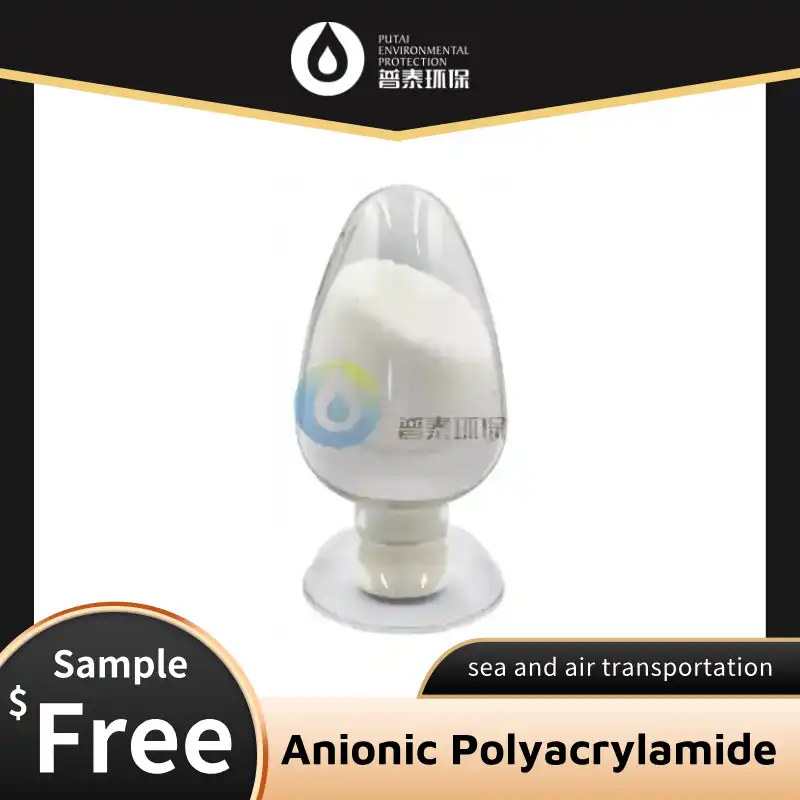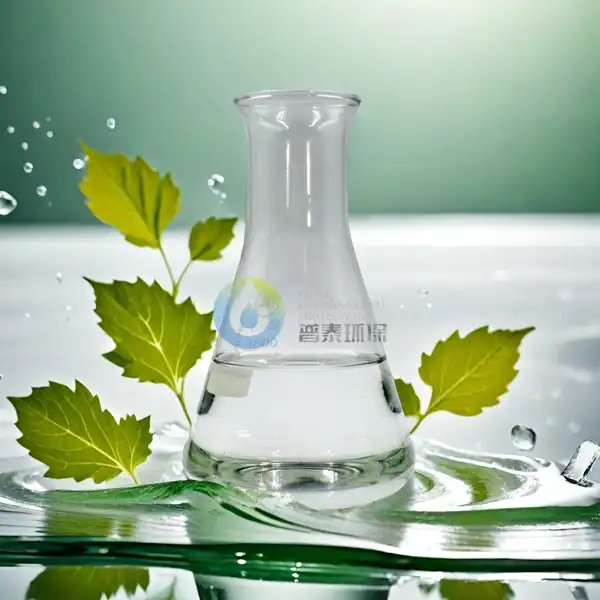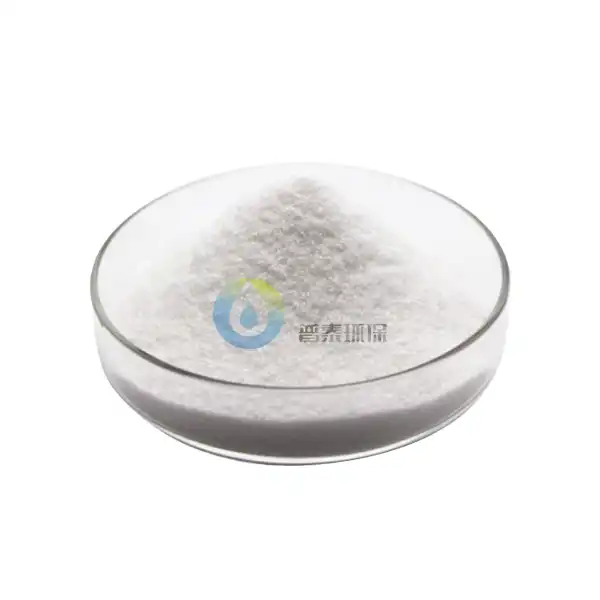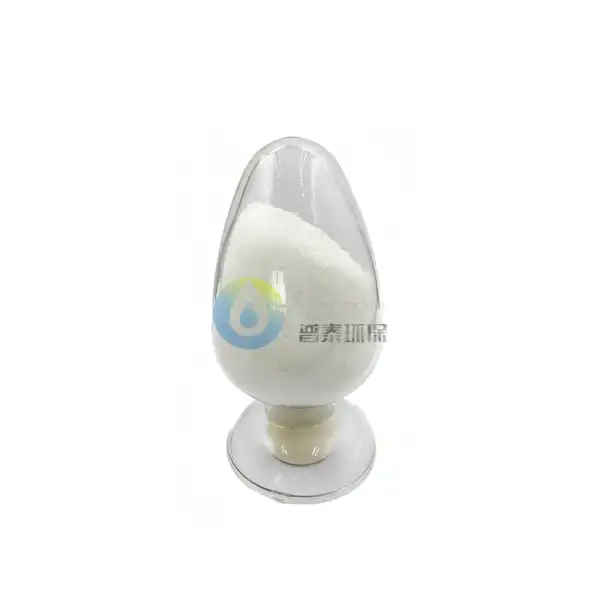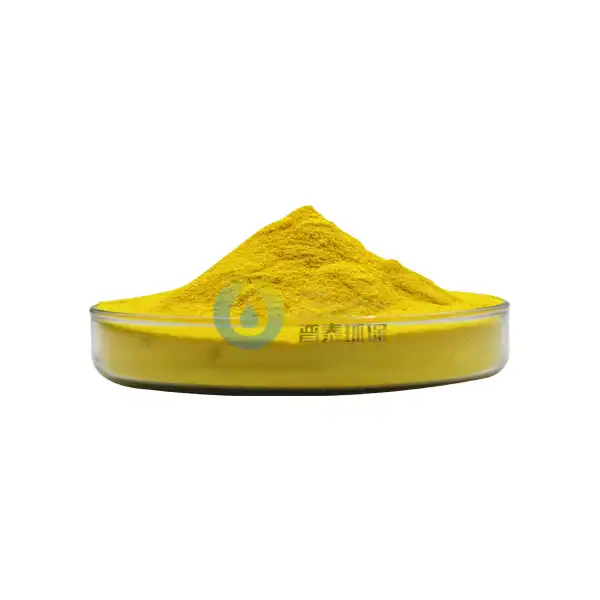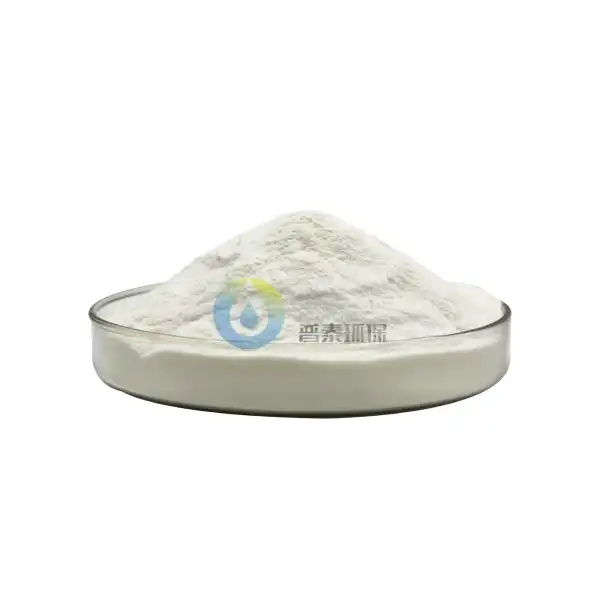Can Citric Acid CAS 77-92-9 be Used to Enhance the Flavor of Beverages and Foods?
Citric acid (CAS 77-92-9) is a natural organic acid found in citrus fruits that has become essential in the food and beverage industry. It enhances flavors, regulates acidity, and extends shelf life. As a food additive, it provides a distinctive tangy and sour taste while serving multiple functions, making it widely used by manufacturers globally.
What are the main benefits of Citric Acid CAS 77-92-9 in food and beverage applications?
How does Citric Acid CAS 77-92-9 enhance flavor profiles?
Citric Acid creates a pleasant tartness that stimulates taste buds and enhances overall flavor perception. It provides the sour component that balances other flavors like sweet, salty, bitter, and umami. In fruit-flavored beverages, it recreates natural tanginess found in citrus fruits, adding authenticity even when real fruit content is minimal.
Beyond adding sourness, Citric Acid functions as a flavor potentiator by brightening and intensifying existing flavors, particularly valuable in processed foods where flavors can become muted during manufacturing. In candies and confections, it provides a tangy counterpoint to sweetness and enhances fruit flavors. Even small quantities can significantly boost flavor perception without overwhelming the intended taste profile.
What role does Citric Acid CAS 77-92-9 play in food preservation?
Citric Acid extends product shelf life by lowering pH, creating an acidic environment that inhibits spoilage-causing microorganisms. Most bacteria thrive in neutral pH conditions, and acidification creates a hostile environment for their growth, reducing the need for artificial preservatives.
Additionally, it functions as an antioxidant synergist, enhancing the effectiveness of other antioxidants by chelating metal ions like iron and copper that catalyze oxidative reactions. This helps prevent off-flavors, discoloration, and nutrient loss. In fruit-based products, it prevents enzymatic browning, extending visual appeal and flavor stability throughout the distribution chain.
How does Citric Acid CAS 77-92-9 affect the nutritional value of foods?
Citric Acid CAS 77-92-9 influences the nutritional profile of foods beneficially. As a natural component of the citric acid cycle in human metabolism, it's processed by the body without adverse effects when consumed normally. In fortified foods, it enhances mineral bioavailability by preventing insoluble complexes that would impede absorption.
Iron absorption particularly benefits from Citric Acid, which helps convert dietary iron into more soluble forms that are easily absorbed. In calcium-fortified products, it maintains calcium in solution, improving delivery and bioavailability. Citric acid contributes minimal calories, making it valuable in reduced-calorie products where flavor enhancement is desired without significant caloric contribution.
How is Citric Acid CAS 77-92-9 produced commercially for food applications?
What is the industrial production process for Citric Acid CAS 77-92-9?
Commercial production primarily relies on microbial fermentation using the fungus Aspergillus niger, which converts carbohydrate substrates into citric acid under controlled conditions. The process begins with preparing a nutrient medium containing glucose or sucrose from corn, beet molasses, or other agricultural byproducts.
The fermentation requires precise control of pH, temperature, oxygen levels, and nutrients. Industrial bioreactors maintain optimal conditions for maximum yield. After fermentation, the culture broth undergoes processing steps including filtration, precipitation with calcium hydroxide, acidification with sulfuric acid, and purification through crystallization, centrifugation, and drying. This optimized process allows large-scale, cost-effective production meeting food-grade specifications.
What quality standards govern Citric Acid CAS 77-92-9 for food-grade applications?
Food-grade Citric Acid CAS 77-92-9 must meet rigorous quality standards established by regulatory authorities. In the US, it's regulated by the FDA as Generally Recognized as Safe (GRAS), while in Europe, it's designated E330 and must comply with European Food Safety Authority specifications. The Food Chemicals Codex provides detailed specifications for identity, purity, and quality parameters.
Quality assurance involves comprehensive testing throughout production and in the final product. Manufacturers implement HACCP systems and Good Manufacturing Practices. Testing includes chemical purity (minimum 99.5% for anhydrous citric acid), ash content, water content, heavy metals, and microbiological analysis. Many manufacturers obtain certifications like ISO 22000, Kosher, Halal, and non-GMO verification.
What sustainability considerations apply to Citric Acid CAS 77-92-9 production?
Citric Acid production intersects with sustainability as manufacturers meet growing demand while minimizing environmental impacts. Progressive manufacturers implement biorefinery approaches, utilizing agricultural byproducts as fermentation substrates, reducing reliance on purpose-grown crops and minimizing competition with food production.
Water management is critical in manufacturing. Responsible producers develop water recycling systems and wastewater treatment processes to minimize freshwater consumption and prevent pollution. Energy efficiency initiatives include heat recovery systems, combined heat and power generation, and transitions to renewable energy sources. Some manufacturers have achieved carbon neutrality through efficiency improvements, process optimizations, and carbon offset programs.
What are the different applications of Citric Acid CAS 77-92-9 in specific food categories?
How is Citric Acid CAS 77-92-9 utilized in beverages?
In beverages, Citric Acid serves multiple functions critical to product quality. Soft drinks, fruit juices, energy drinks, and flavored waters benefit from its refreshing tartness that balances sweetness. Typically added at 0.1% to 0.5% by weight, it creates the tangy profile associated with fruit-flavored beverages. In carbonated drinks, it complements carbonation while enhancing refreshment perception.
Citric Acid CAS 77-92-9 also regulates acidity in beverages, helping achieve precise pH targets that ensure microbiological stability and optimal flavor release. It aids preservation, especially in non-carbonated products, by lowering pH below 4.6, creating conditions unsuitable for pathogenic bacteria. In sports drinks, it enhances mineral solubility and masks the taste of electrolytes. Its natural origin makes it valuable in clean-label formulations.
How does Citric Acid CAS 77-92-9 enhance confectionery and sweet products?
In confectionery, Citric Acid creates the sour-sweet flavor profile of many popular candies. Sour gummies, hard candies, and fruit-flavored chews use it both as coating and integrated ingredient to deliver mouth-puckering sensation. It's applied in various forms – anhydrous powder for candy masses, monohydrate crystals for sanding sour-coated candies, and solutions for spray application.
Functionally, Citric Acid assists with pectin gelation in jams and preserves by lowering pH to the optimal range for gel formation. In hard candies, it helps prevent crystallization by inverting some sucrose into glucose and fructose, resulting in better clarity and reduced stickiness. In chocolate products, it brightens fruit notes in fillings and creates contrasting flavors that complement chocolate's richness.
What role does Citric Acid CAS 77-92-9 play in savory and processed foods?
In savory foods, Citric Acid provides brightness and balances fat content in condiments like mayonnaise and salad dressings. Unlike vinegar, it delivers consistent acidity without introducing additional flavors. In processed cheese, it functions as an emulsifying salt creating smooth textures by binding calcium and preventing protein aggregation. Meat products benefit from it as both flavor enhancer and processing aid, reducing cooking time and enhancing antioxidant effectiveness.
In convenience foods, it sequesters metal ions that could otherwise cause oxidative reactions. In canned vegetables, it maintains color brightness and textural integrity while ensuring safe acidification. Snack foods use it in seasoning blends to create tangy profiles and enhance other flavors. Its versatility stems from clean taste, high solubility, and stability under various processing conditions.
Conclusion
Citric Acid CAS 77-92-9 is a versatile, natural food ingredient that enhances flavor, preserves quality, and improves functionality across numerous applications. Its ability to provide tangy notes, balance sweetness, extend shelf life, and support nutrient bioavailability makes it indispensable in modern food formulations. With ongoing advancements in sustainable production methods, this multifunctional ingredient will continue to play an essential role in developing delicious, stable, and nutritious food products.
Xi'an Putai Environmental Protection Co., Ltd. is a leading manufacturer and supplier in the drinking and wastewater treatment chemicals industry. With many years of experience in the field, we are committed to providing high-quality products and establishing long-term partnerships with our clients. Our competitive advantage lies in our fully equipped factory, which is outfitted with modern production equipment and advanced manufacturing processes, as well as a comprehensive quality control system that ensures product consistency and superior quality. Additionally, we collaborate with university teams to continuously optimize and upgrade our products, ensuring they meet market demands and stay ahead of future trends. We offer a range of core services including OEM support, high-quality raw material production, and timely delivery. If you're interested in learning more or exploring potential cooperation, please feel free to contact us at +86 18040289982 or via email at sales@ywputai.com. We look forward to the opportunity to work with you.
References
1. Smith, J. A., & Johnson, B. C. (2023). Applications of Citric Acid in Food Processing: A Comprehensive Review. Journal of Food Science and Technology, 58(4), 782-798.
2. Garcia-Martinez, M., & Fernandez-Lopez, J. (2022). Citric Acid as a Functional Food Ingredient: Impact on Sensory Perception and Consumer Acceptance. Food Quality and Preference, 95, 104368.
3. Patel, R. K., Wong, D. L., & Chen, S. Y. (2023). Sustainable Production Methods for Food-Grade Citric Acid: Advances in Biotechnology and Process Optimization. Biotechnology Progress, 39(2), e3268.
4. Yamamoto, H., & Rodriguez-Sanchez, D. (2022). The Role of Acidulants in Flavor Enhancement: Focus on Citric Acid in Beverage Applications. International Journal of Food Science & Technology, 57(11), 6589-6601.
5. Thompson, K. L., Mendes, E., & Al-Hadithi, A. (2023). Citric Acid in Confectionery Products: Effects on Sensory Properties and Shelf Life Extension. Food Chemistry, 412, 134675.
6. Zhang, W., Petersen, M. A., & Nielsen, S. S. (2022). Utilization of Citric Acid CAS 77-92-9 in Novel Food Applications: Technological Functionality and Consumer Perception. Critical Reviews in Food Science and Nutrition, 62(14), 3821-3840.

